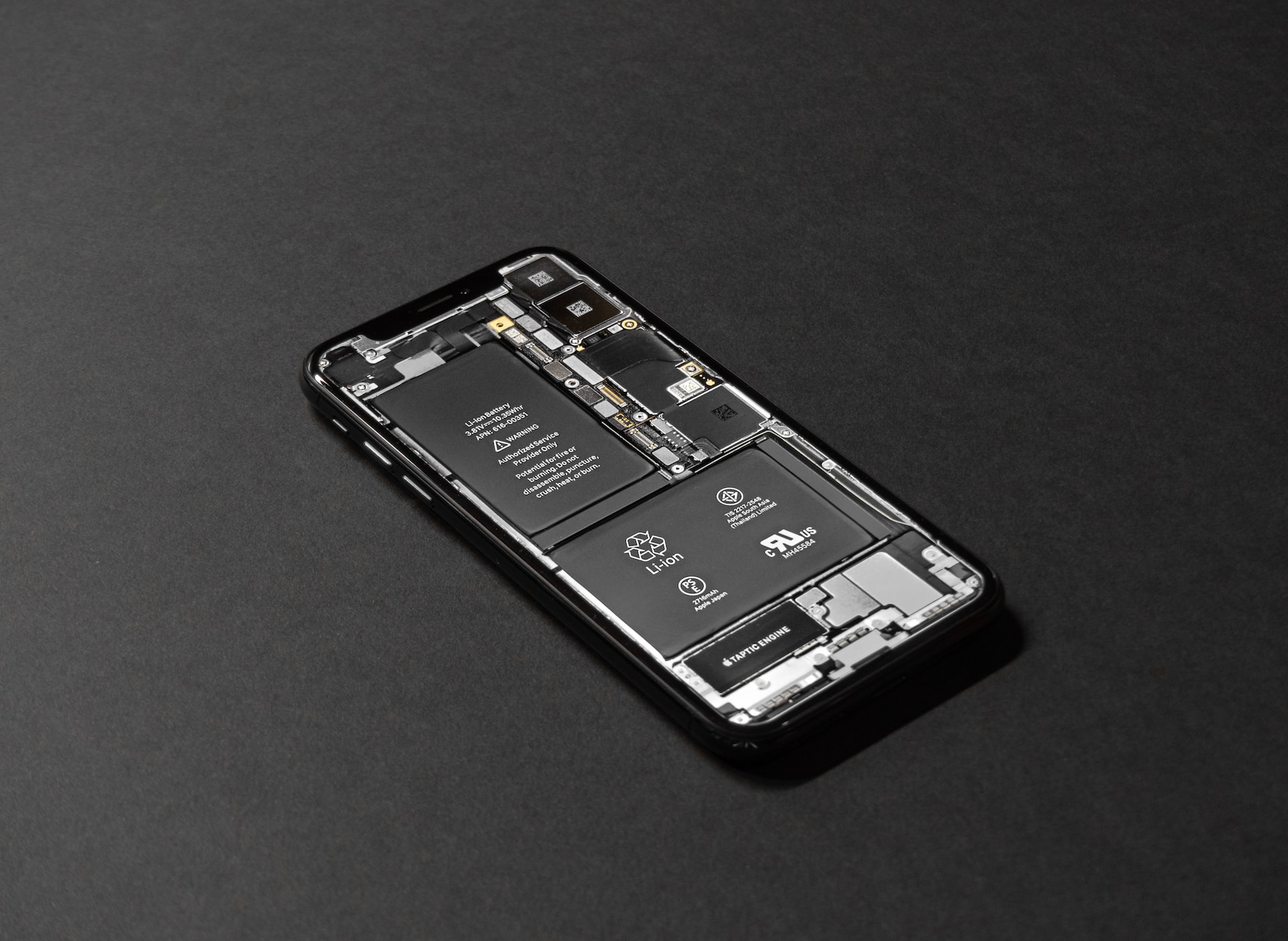In a near-unanimous decision, the European Parliament has passed a bill that will bring significant changes to the production of mobile phones. As part of a broader “right to repair” initiative, the new legislation aims to mandate the return of replaceable batteries in cell phones.
A decade ago, replaceable batteries were a standard feature in mobile phones. This changed with the advent of the iPhone, and the industry quickly followed suit with the use of adhesive materials to attach components, enabling thinner and more compact devices. this practice also meant that batteries became irreplaceable by average users, requiring specialized tools or a visit to a service center for replacement.
The new legislation, which comes as part of a wider push for sustainability and consumer rights, prohibits the use of adhesive materials in joining components, thus paving the way for easier repairs and battery replacements. This means that manufacturers will need to develop new ways to insert batteries into devices without resorting to adhesives. Currently, most batteries are glued to the back of the display panel, making replacement complicated and costly, particularly after the warranty period has expired.
This shift in manufacturing practices is expected to have an environmental impact by reducing the number of devices discarded due to depleted batteries. The legislation also presents a challenge to manufacturers, who will need to balance the regulatory requirements with consumer preferences for thin and compact devices. Some research suggests that many users would be willing to sacrifice a small amount of device thickness in favor of replaceable batteries.
While the new regulation only applies to the European Union, it is unlikely that manufacturers will produce different types of phone casings solely for the EU. As such, companies will need to innovate and comply with these stringent requirements. They have until 2027 to adapt their production plans and facilities accordingly. The future of mobile phones might therefore see a completely new approach to casing systems and battery placement, potentially similar to the current method of inserting and ejecting SIM cards.
































































